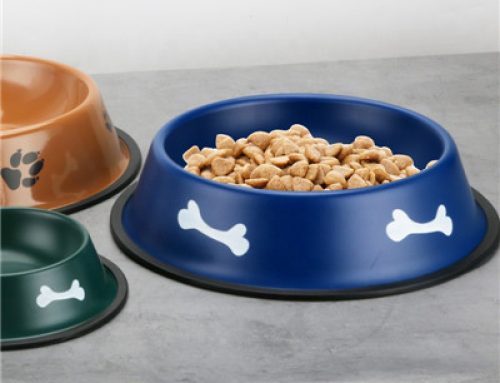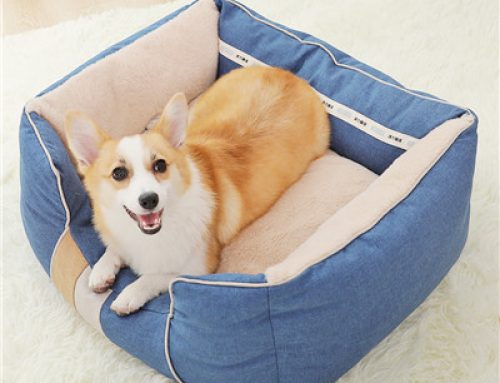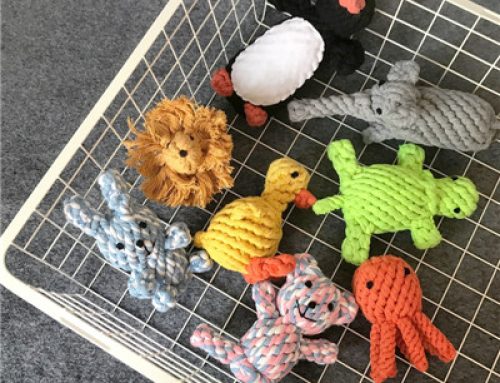How to make your dog comfortable in summer?
1. Beware of dog heatstroke
As the temperature rises in summer, pet dogs and humans will also suffer heatstroke. Pet dog heatstroke is mainly divided into heatstroke and heatstroke. Heat stroke is heat stroke caused by long-term exposure to the sun. To prevent heatstroke, it is recommended to take your dog out in the morning or evening, avoid the hottest period of the day, and move slowly in the shade to avoid excessive running. Heat stroke is heat stroke that occurs in a muggy, airless environment. For thick-haired Chow Chow, Samoyed, Alaskan or obese pet dogs, they should be placed in a cool environment. If you have air conditioning in your home, keep the air fresh to prevent respiratory diseases. When traveling with a pet dog for long distances, do not leave it alone in the car. The temperature inside the car is very high, which can easily lead to heatstroke in the pet dog.
2. Pay attention to cleanliness
There are more mosquitoes in summer. Compared with other seasons, pet dogs are more susceptible to parasites such as fleas, lice, heartworms, tapeworms, and ticks in summer. Ticks are commonly known as “dog beans” and are often active in grass. “Goudou” will become bigger after absorbing the blood in the dog’s body. The owner should pay attention when cleaning the dog. Once found, you can take your dog to the animal hospital for pesticides. In summer, you should pay more attention to cleaning your pet dog. Generally speaking, it is appropriate to bathe your dog every 7 to 14 days. You can bathe your pet with medicated bath liquid to prevent parasites.
In summer, the vegetation is lush, but there are also some potential dangers in the grass. People often fertilize, put insecticides, and put rodent poison on lawns and gardens. Once a dog eats toxic chemicals, it will threaten its health. Therefore, the owner should pay attention to stay away from the grass when walking the dog.
Three, the material and water are exquisite
The appetite of pet dogs in summer is lower than the other three seasons. If you do not feed dog food, your dog food must be eaten before being cooked. If a pet dog eats spoiled food, it is easy to cause gastroenteritis, and it will die if it is not treated in time. If you find that your dog has vomiting, diarrhea, or general weakness after feeding, you should seek medical attention immediately. If it is feeding dog food, it must be fed quantitatively. In summer, as the temperature rises, the amount of water your dog drinks immediately increases. The owner should frequently replace the pet dog with fresh drinking water. If it is tap water, you need to stand still to allow the chlorine in the water to precipitate.
4. Trim your hair to help dissipate heat
In summer, pet dogs are prone to skin diseases. Because the hair is too thick and long, the tongue can only be used to dissipate heat, and sweat cannot be discharged completely. It is recommended that the owner often comb the dog’s hair and cut it appropriately, but do not shave it. If you want to cut your hair short, go to a professional pet grooming agency as much as possible. Many owners believe that shaving their dogs in summer can help them lower their body temperature and facilitate cleaning. In fact, after the dog’s hair is shaved, the skin will be directly exposed to the sun, which will increase the dog’s chance of suffering from skin diseases.




